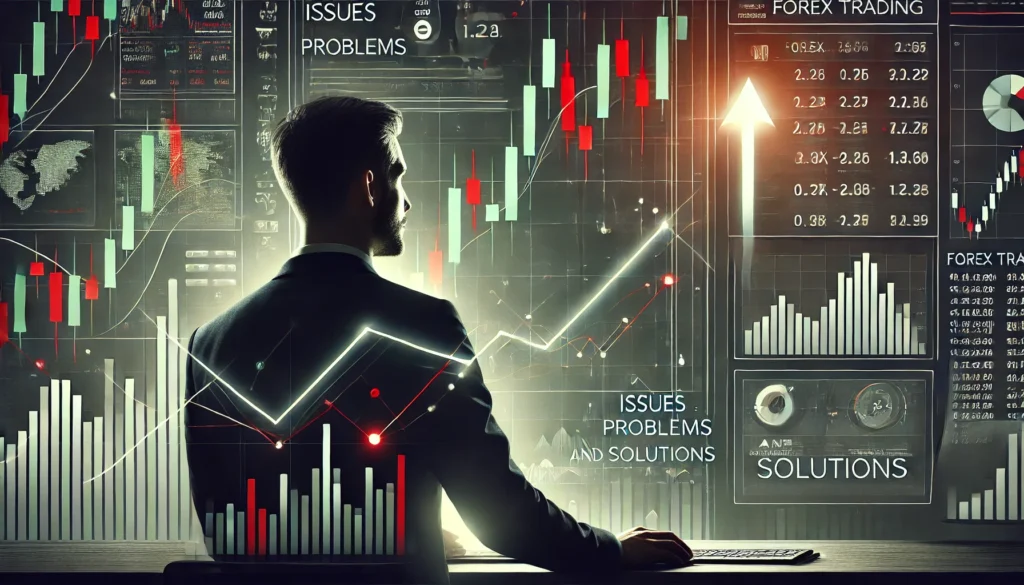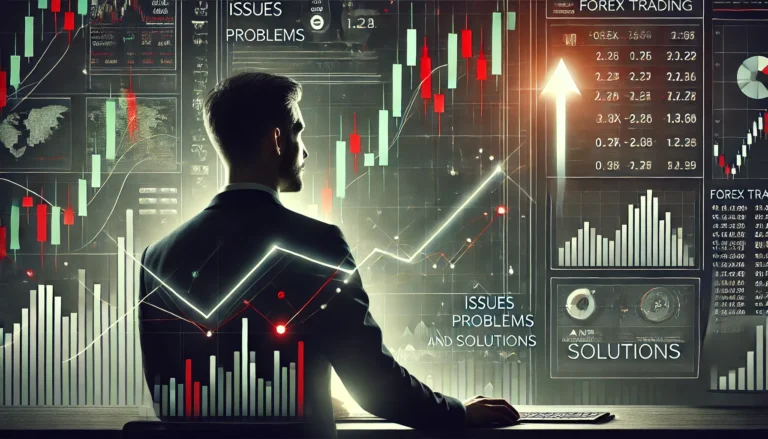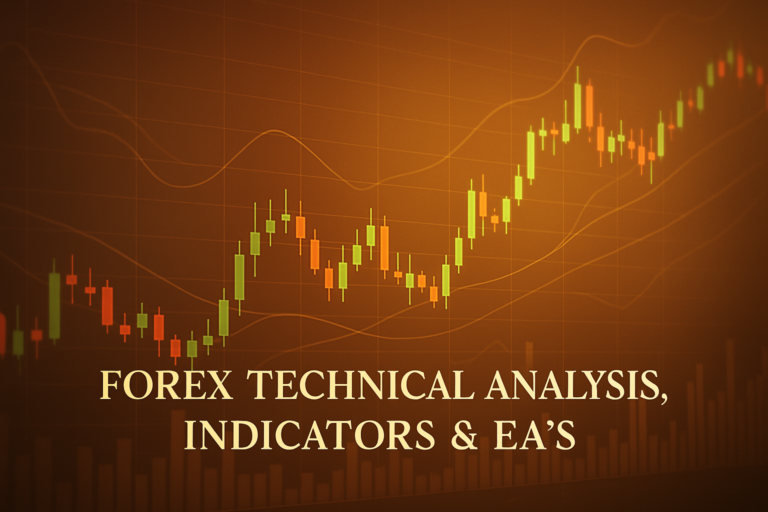
Resource-Intensive Charts can significantly impact your trading performance, but with the right approach, you can effectively manage them.
In the world of Forex trading, one of the most pressing issues traders face is related to Resource-Intensive Charts. These charts can slow down your trading platform, leading to missed opportunities. When charts are overloaded with indicators or data, they can create confusion, making it hard to make quick decisions. This problem affects both beginners and seasoned traders alike.
Many traders struggle with Resource-Intensive Charts because they rely heavily on complex data and visual representations. This can lead to frustration and even mistakes during crucial trading moments. Understanding this issue is vital for anyone looking to enhance their trading strategies and make informed decisions.
Sometimes, traders might encounter a situation where their broker is preventing hedging strategies. This can cause additional stress in already challenging market conditions. To learn more about this issue, check out our article on Broker preventing hedging strategies.
Understanding the Problem
Resource-Intensive Charts refer to charts that require significant computer resources, such as memory and processing power. This can happen when traders overload their charts with too many indicators and timeframes. For example, if you are analyzing multiple currency pairs with several indicators, your system may lag, making it hard to react quickly to market movements.
This problem can occur for various reasons. Technical issues may arise from outdated software or hardware limitations. Market-related reasons could involve extreme volatility, where traders try to analyze too much information at once. Imagine trying to track several currencies during a major news event; the charts can become cluttered, and the necessary insights may be lost.
Solutions for Resource-Intensive Charts
To resolve the problems associated with Resource-Intensive Charts, here are step-by-step solutions:
1. Simplify Your Charts
Limit the number of indicators you use. A clean chart helps you focus on the main trends. For instance, start with just a moving average and a momentum indicator.
2. Use Fewer Timeframes
Instead of analyzing every timeframe, choose two or three that suit your trading style. This reduces clutter and makes your analysis more manageable.
3. Optimize Your Trading Platform
Ensure your trading software is up to date. A well-optimized platform can handle complex charts more efficiently, reducing lag times.
4. Monitor System Performance
Keep an eye on your computer’s performance. If it starts to slow down, consider closing unnecessary applications or restarting.
5. Use a Forex Trading Bot
Consider leveraging a fx trading bot. This automated tool can handle complex calculations, freeing you to focus on strategy.
Pro Tips & Warnings
- Test in a Demo Account: Always try new strategies in a demo account first to avoid real losses.
- Stay Informed: Follow Forex news. Market conditions can change rapidly, affecting your chart analysis.
- Backup Your Data: Regularly save your chart settings and data to avoid losing important information.
Frequently Asked Questions
How do I detect this issue in real-time?
To detect Resource-Intensive Charts, pay attention to your platform’s responsiveness. If you notice delays when switching between charts, it may be a sign that your charts are too complex. For example, if your chart takes more than a few seconds to refresh, consider simplifying it.
Can brokers legally do this?
Yes, brokers can impose certain restrictions, such as preventing hedging strategies. However, they must disclose these policies to their clients. If you find yourself in this situation, it’s essential to read the broker’s terms and conditions carefully.
What tools can I use to prevent this?
Utilizing charting software with built-in optimization features can be beneficial. Tools like TradingView or MetaTrader have settings that allow you to adjust the complexity of your charts easily.
Is this problem more common in specific market conditions?
Yes, Resource-Intensive Charts are more common during volatile market conditions, such as during major news releases. Traders tend to overload their charts with information in such times, which can lead to performance issues.
Conclusion
In summary, Resource-Intensive Charts can create significant hurdles for Forex traders. However, by simplifying your charts and optimizing your trading platform, you can mitigate this issue. Remember, staying informed and adjusting your strategies can greatly improve your trading experience.
Take control of your trading journey. Remember, every challenge can become an opportunity for growth! Stay curious, and keep improving!
Recommended Next Steps
To further enhance your understanding of Resource-Intensive Charts, consider these next steps:
- Regularly simplify your trading setup.
- Stay updated with the latest Forex news.
- Experiment with different trading strategies.
- Invest in reliable trading software.
- Engage with trading communities for support.
Sharpen your forex approach with additional expert advice from OANDA, Investing.com
Expand Your Knowledge
- 📌 Forex Trading Learning Road Map
- 📌 Forex Trading Course with no Fees
- 📌 Forex Trading Issues, Problems, and Solutions
- 📌 Forex Daily Forecast & Live Updates
- 📌 Forex Fundamental & News Analysis: Tomorrow’s Market Movers & Trade Opportunities
- 📌 Forex Education Hub: Learn & Profit
- 📌 Forex Technical Analysis, Indicators & EA’s
Start Trading Today
Ready to take your forex trading to the next level? Open an account with Exness, one of the most trusted platforms in the industry. 👉 Sign Up Now and trade with confidence!
My recommended broker stands out with ultra-low spreads for beginners, instant withdrawals, and zero spread accounts for pro traders.
Trusted since 2008, lightning-fast execution, no hidden fees, and a secure, transparent trading environment—giving you the edge you need to succeed. 🚀
YouTube Video Library: Related Videos
Note: The video above is embedded from YouTube and is the property of its original creator. We do not own or take responsibility for the content or opinions expressed in the video.




